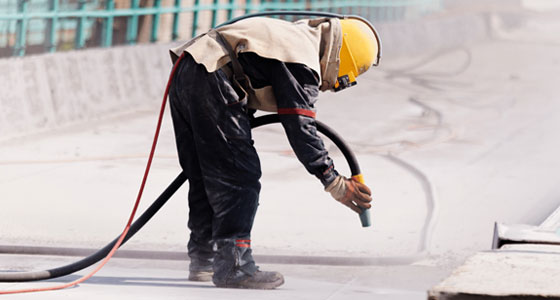Surface Preparation
Surface preparation refers to the process of treating, cleaning, or conditioning a surface before applying a coating, adhesive, or other treatment. It is a critical step to ensure proper adhesion, durability, and the performance of the applied material, such as paint, sealant, or a protective layer. Surface preparation can vary widely depending on the material of the surface and the intended application.

Key Goals of Surface Preparation
Remove contaminants
Eliminate dirt, grease, oil, rust, old coatings, or other foreign substances.
Create a suitable profile
Provide the surface texture or roughness necessary for the coating or adhesive to bond effectively.
Ensure uniformity
Create a consistent surface for even application of the coating or treatment.
Common Methods of Surface Preparation
Mechanical methods
- Sanding
- Grinding
- Abrasive blasting (e.g., sandblasting, bead blasting)
- Wire brushing
Chemical methods
- Solvent cleaning
- Etching
- Use of rust converters or removers
Thermal methods
- Flame cleaning
- Heat treatment to remove existing coatings or contaminants
Pressure washing
High-pressure water cleaning to remove loose material, dirt, or contaminants.
